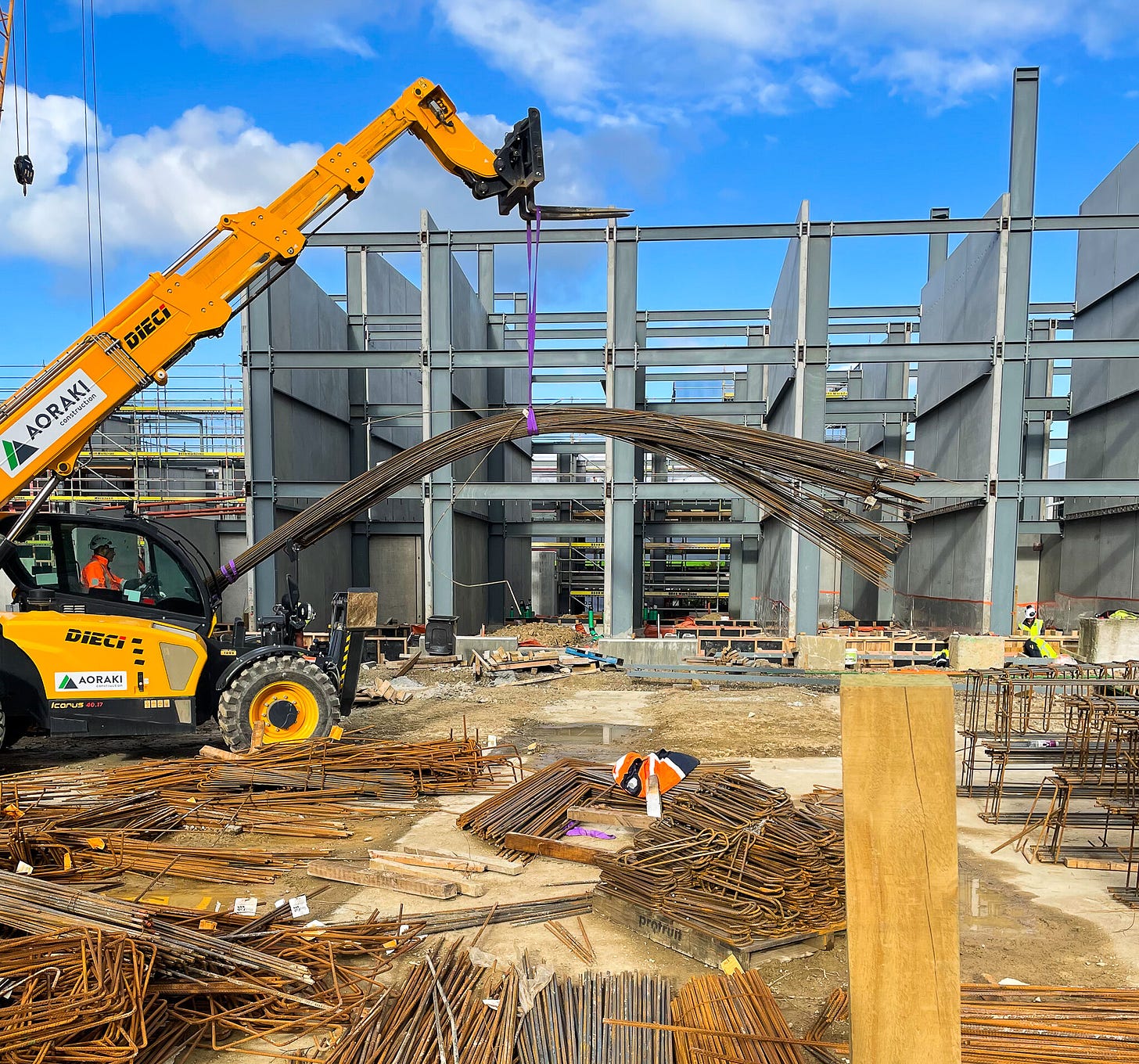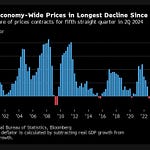TLDR: The Government has unveiled the key details of its long-awaited and much-vaunted suite of legislation to replace the RMA with a regime it hopes will make development faster, cheaper, simpler and cleaner.
Sadly, all it will do is generate another 10 years of distractions so politicians and voters can continue with the decades-long magical thinking from both major parties that population growth doesn’t need to be planned or agreed, and that tax increases and massive new infrastructure spending aren’t needed or possible.

The Opposition has already made opposing noises, despite calling for RMA replacement for decades, and the sheer scale and time-frames involved look daunting for anyone hoping for early relief from the hell of RMA consenting delays and costs, which are now among the highest in the world. Anyone still hoping for a quick and simple bipartisan and pro-development replacement of the RMA should give up now.
After three years of consultation, a big draft report and over a year of circulating an exposure draft and taking submissions, the Government said the two bills unveiled yesterday (with a third one still to be tabled next year) would:
take 10 years to fully implement, including a full year of trials starting in 2024 and no new spatial plans until 2025 at the earliest;
create new all-powerful Regional Planning Committees of at least six members, with at least two Māori members and one central Government member appointed;
still have to be augmented with a new set of National Planning Framework limits and targets; and,
see the creation of a National Māori entity to be involved in creating the plans and frameworks.
However, the Government has laid out the benefits of change, and the massive costs that have built up under the current system in place since the RMA passed in 1991. Those current costs and future costs and benefits include:
Council fees for notified consents rose 124% between 2015 and 2019;
mid-size project developers report consenting costs have risen to 5.5% of total project costs, which is at the extreme end of international comparisons ranging from 0.1% to 5.0%;
infrastructure developers are currently spending $1.29b on resource consenting per year and decision making times for projects blew out by 150% between 2010-14 and 2015-2019;
the new system will reduce the number of regional and district plans from 100 to 15 and is designed to reduce consent numbers by 40% per year;
the new system will make it harder for NIMBYs to block new developments in a broad way because amenity value is being removed from part one of the new Acts; and,
the time for creating a plan is expected to drop to four years from 10 years.
‘Look over there and think magically’
In my view, this decade-plus-long process will deepen and widen the distraction from the two core problems in our political economy stopping housing and infrastructure development:
neither councils or the central Government want to increase taxes, costs for consumers or public debt to pay for the (at least) doubling of infrastructure investment to 10% of GDP, or to impose congestion and water charges to limit demand growth; and,
no mainstream politician wants to ask for or even discuss a bipartisan agreement about likely or planned population growth for the next 30 years or more.
The ‘old’ RMA and the ‘new’ RMA are and will be perfect punching bags for central Government politicians, council politicians, bureaucrats, developers and builders to blame for not taking (or even addressing) those two core problems. All the major players persist in applying and promoting magical thinking to the problems and to taxpayers and ratepayers, including that:
someone else (the private sector or vaguely off-balance-sheet vehicles) will be able to borrow and invest in a way that doesn’t increase the costs for taxpayers of using the infrastructure;
the problems can be solved with demand management (congestion charges, water charges and pollution taxes) when no politician wants to ask permission for, allow or impose such charges on voters who think roads, parks and water are public assets that should be free;
the central Government can continue to encourage fast population growth (1.6% a year over the last decade) that is twice the current official forecasts (0.75%), but plan to invest less than a quarter of the $200b-plus estimated by the Infrastructure Commission to both fill an existing $100b deficit and invest a further $200b-plus to cope with the 0.75% official population growth forecasts; and,
that somehow this will all add up to functional infrastructure, affordable housing, clean water and zero carbon emissions by 2050.
The magical thinking does not compute. It never did. Yesterday’s RMA announcements and the Opposition’s hand-waving were another monstrous distraction from the three-decade-long-and-ongoing failure to tax enough and invest enough for our astonishingly-fast and non-consensual population growth.
Paying subscribers can see and hear more detail on the big RMA announcements below the paywall fold and in the podcast above, including my questions and answers with Environment Minister David Parker and Housing Minister Megan Woods in the announcement lockup in Parliament. It includes the usual non-answer to my question about what level of population growth the Government and the RMA assumed.
Elsewhere in the news here and overseas this morning:
the annual fall in the REINZ House Price Index hit a record 10.9% in October, but bounced 0.5% in Auckland and 0.2% nationally in October from September;
Roy Morgan’s latest monthly opinion fall found support for the Labour/Green block equal at 44.5% with the National/ACT block, catching up from a four point deficit last month;
the US and China agreed to resume official level talks on emissions reductions and rich countries agreed to spend US$20b to help wean Indonesia off burning its coal, of which it exports over 1 million tonnes a year to Aotearoa for the state-controlled Genesis Energy to burn at Huntly to keep the lights on in Auckland;
AP reports two people were killed inside Poland near its border with Ukraine this morning after two stray Russian rockets hit grain driers in the town of Przewodów, which triggered an emergency meeting of National Security Committee; and,
US producer price inflation in October was half expectations in data overnight, which unleashed another rally this morning in global bond and share markets on hopes the US Federal Reserve may not have raise global interest rates quite so much to control inflation.
In Aotearoa’s political economy
Listen to this episode with a 7-day free trial
Subscribe to The Kākā by Bernard Hickey to listen to this post and get 7 days of free access to the full post archives.












